How to preserve data on paper for eternity
Backups on paper
secured document pages
Total volume in m3
archium reduces your document archive by up to 95%
Security concerns are a thing of the past
Reduce redundancy and thus the storage cost of the total amount of data
Thanks to the table of contents and index, you can work like with a dictionary
(Re-)digitization with metadata is possible at any time
Do without eternally expensive mountains of data in the cloud
If you decide to archive on paper, you can sit back and relax. Just like microfilm, paper requires no electricity, no Internet, no technology and no personnel for maintenance. You cannot simply manipulate, encrypt or delete information at the touch of a button. But: Paper can be machine-described and stored without having to spend energy to obtain the data. archium uses only acid-free paper, which is certified according to DIN EN ISO 9706. This standard for archive paper is prescribed by the Federal Archives for official purposes.
learn moreWho knows it from the past: On fiche, or microfiche, highly miniaturized documents were exposed. Microforms can now also be stored on paper. High-resolution digital printing will replace the microfilming process in the future. With armaGETON, 40 pages of DIN A4 can be conveniently printed on a sheet of paper in the form of microsheets. This corresponds to 20,000 individual pages (approx. 25 folders) in the volume of a phone book. Every digital image or document usually brings metadata with it. We print the contents of the metadata in clear writing and as a QR code. The recovery of content from image files and documents (born digital) is possible at any time in this way.
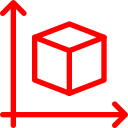
Our special process allows a very strong miniaturization. This conserves valuable resources and brings enormous space advantages.

The printed files can be made readable again with a magnifying glass, office scanner and smartphone. QR codes provide the metadata.

armaGETON protects your data for over 300 years against cyber attacks and data loss due to technical failures.

Data storage on an analog data carrier is always energy-free. The disintegration is creeping and announces itself in time.

Paper does not require rare earths and is not hazardous waste. It does not require any special reading technique and can be easily recycled.

Due to the elimination of electricity costs, technology, maintenance and migration, savings of up to 99% over the storage period are possible.
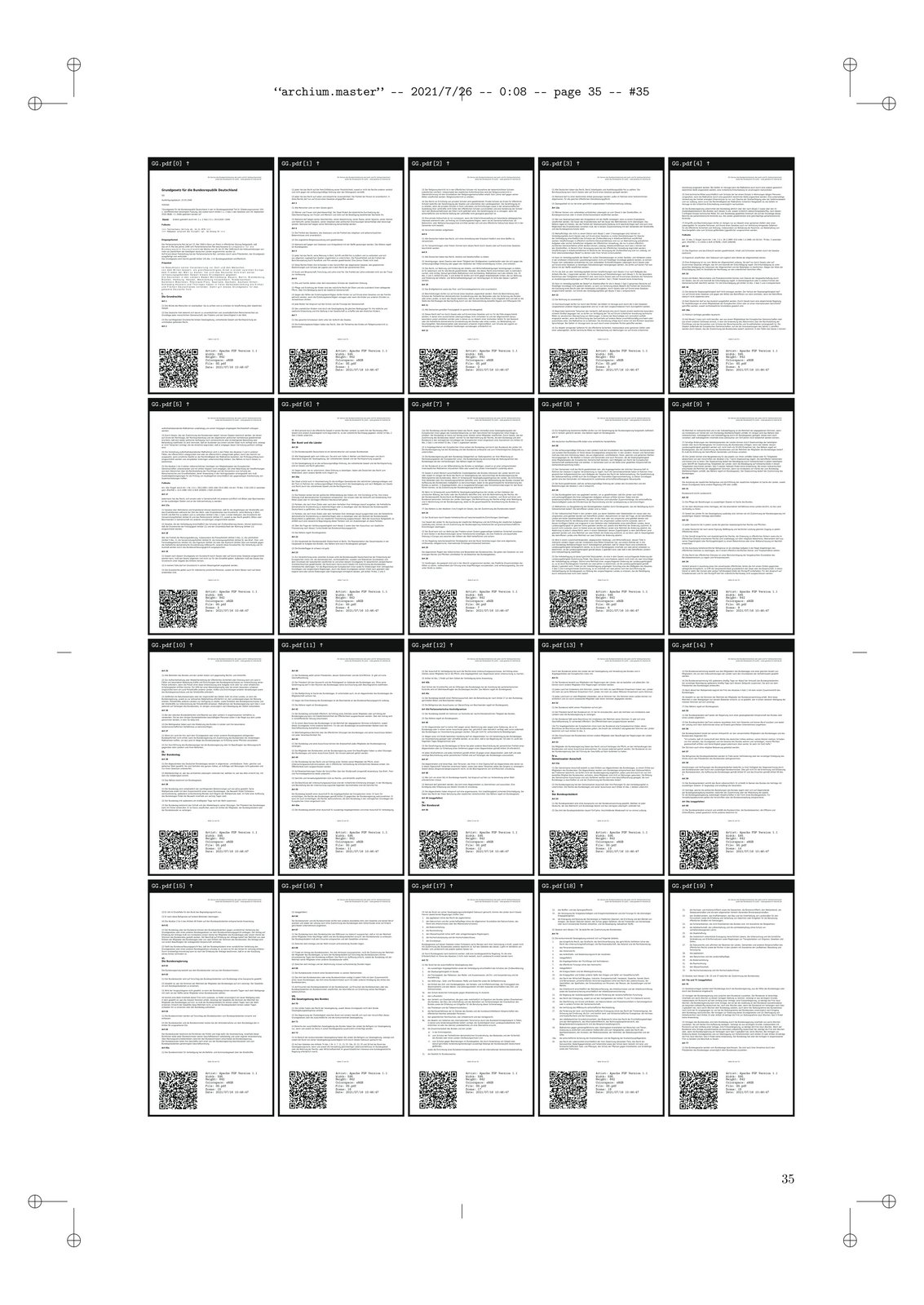
on one page DIN A4
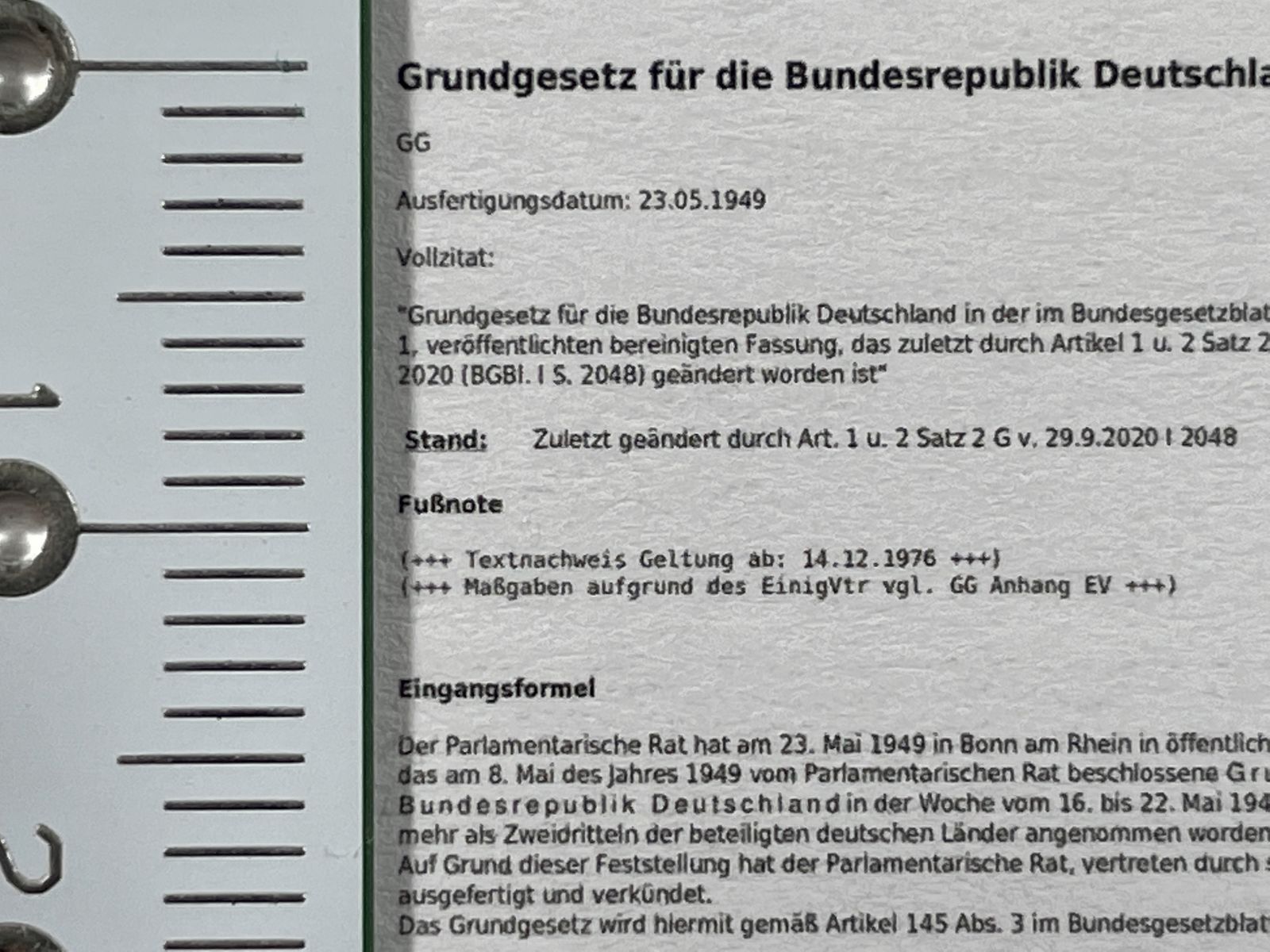
Recording with IPhone 11 without post-processing
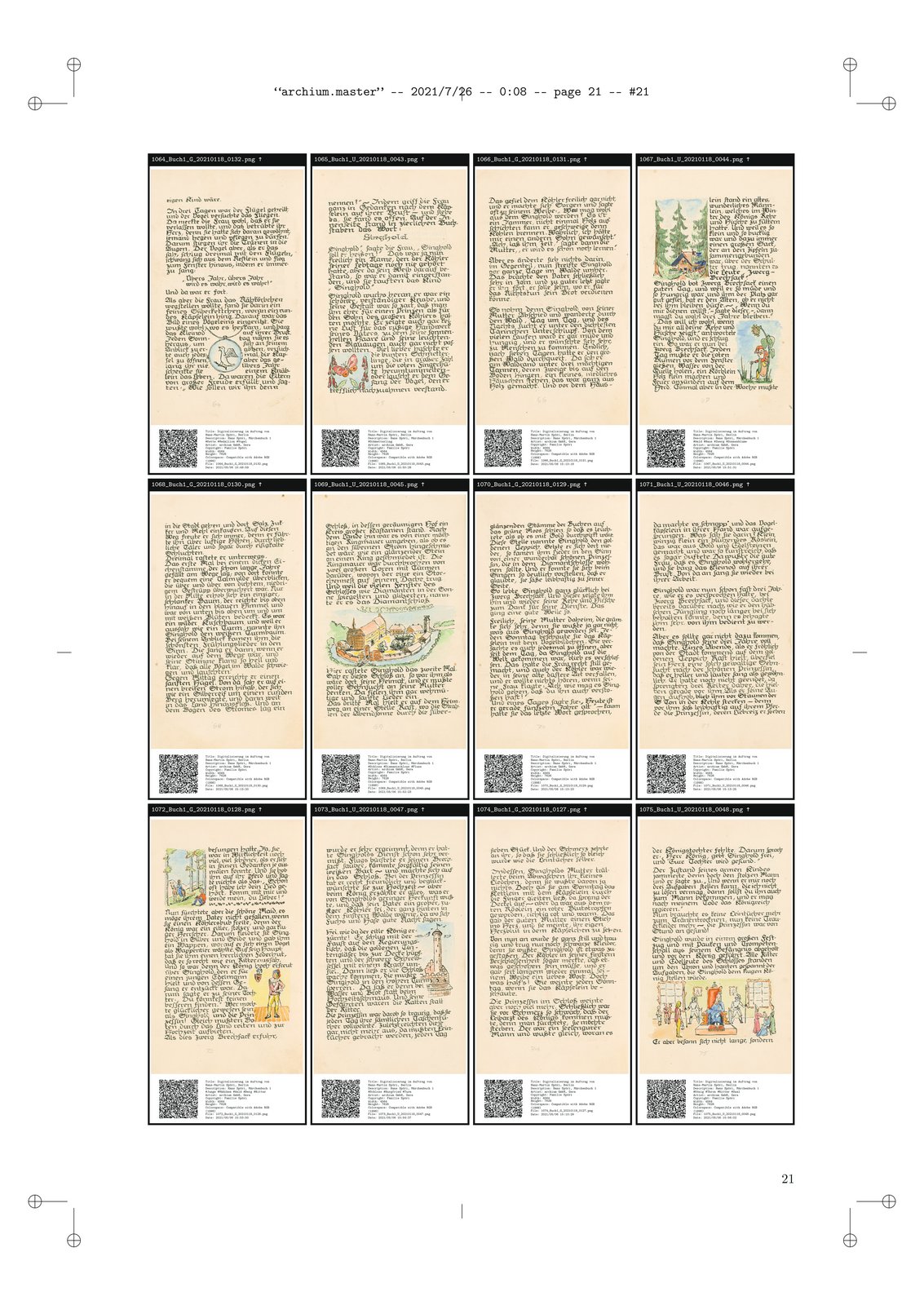
with embedded QR code and metadata
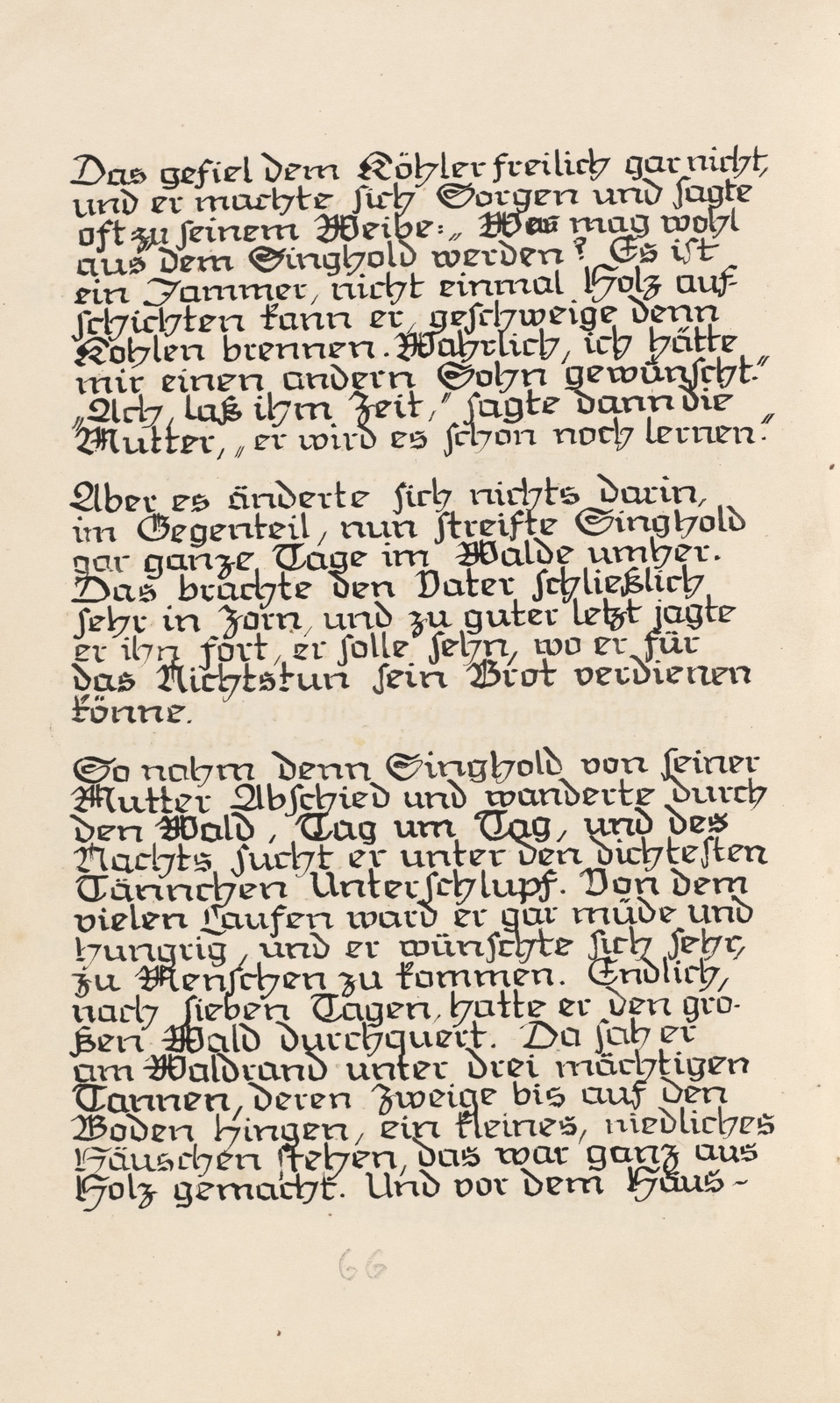
Original TIF file with image size 4564 × 7626
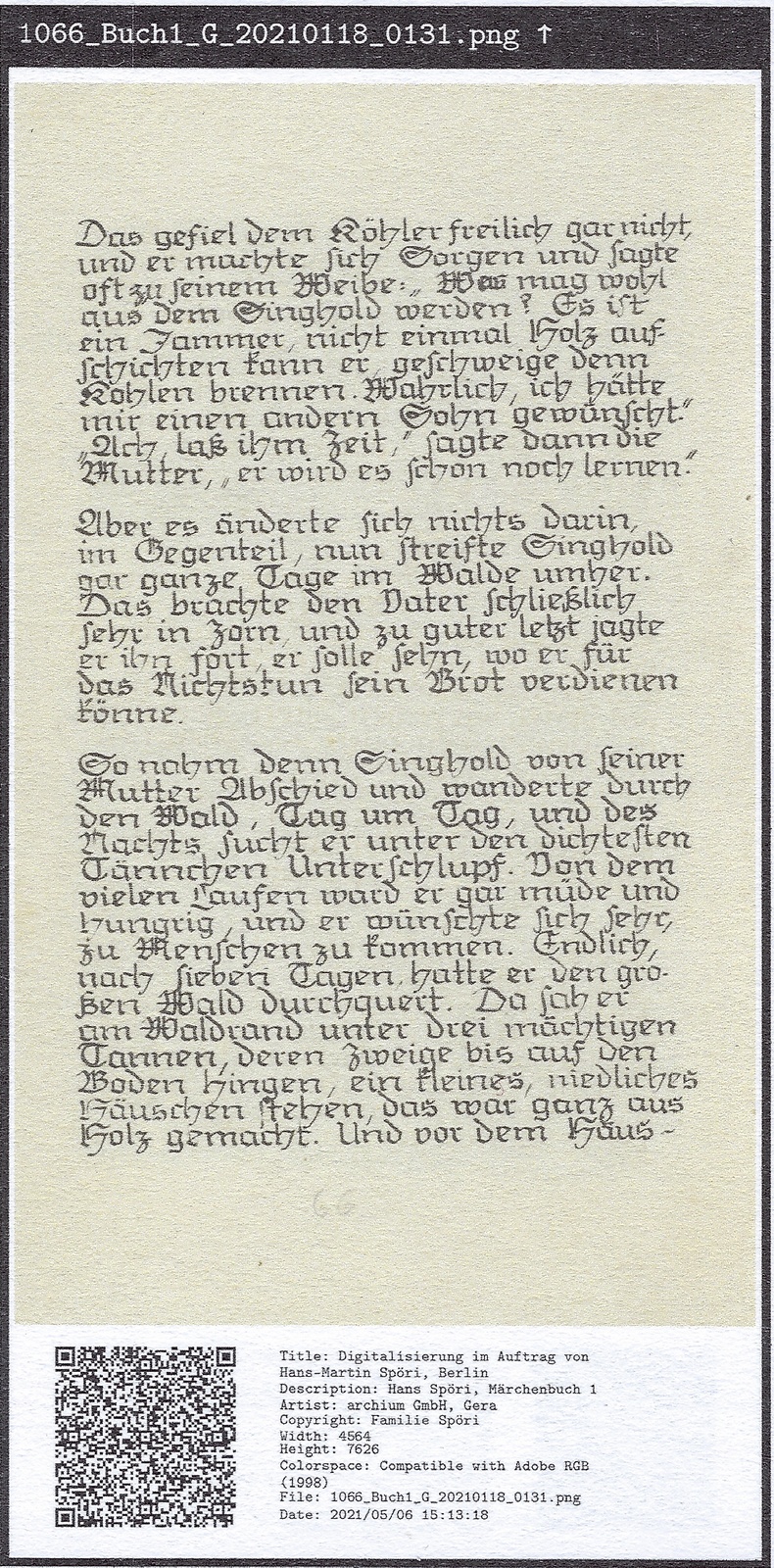
Scan with an HP OfficeJet 8730 without post-processing

digitized residents' registration cards look like on paper
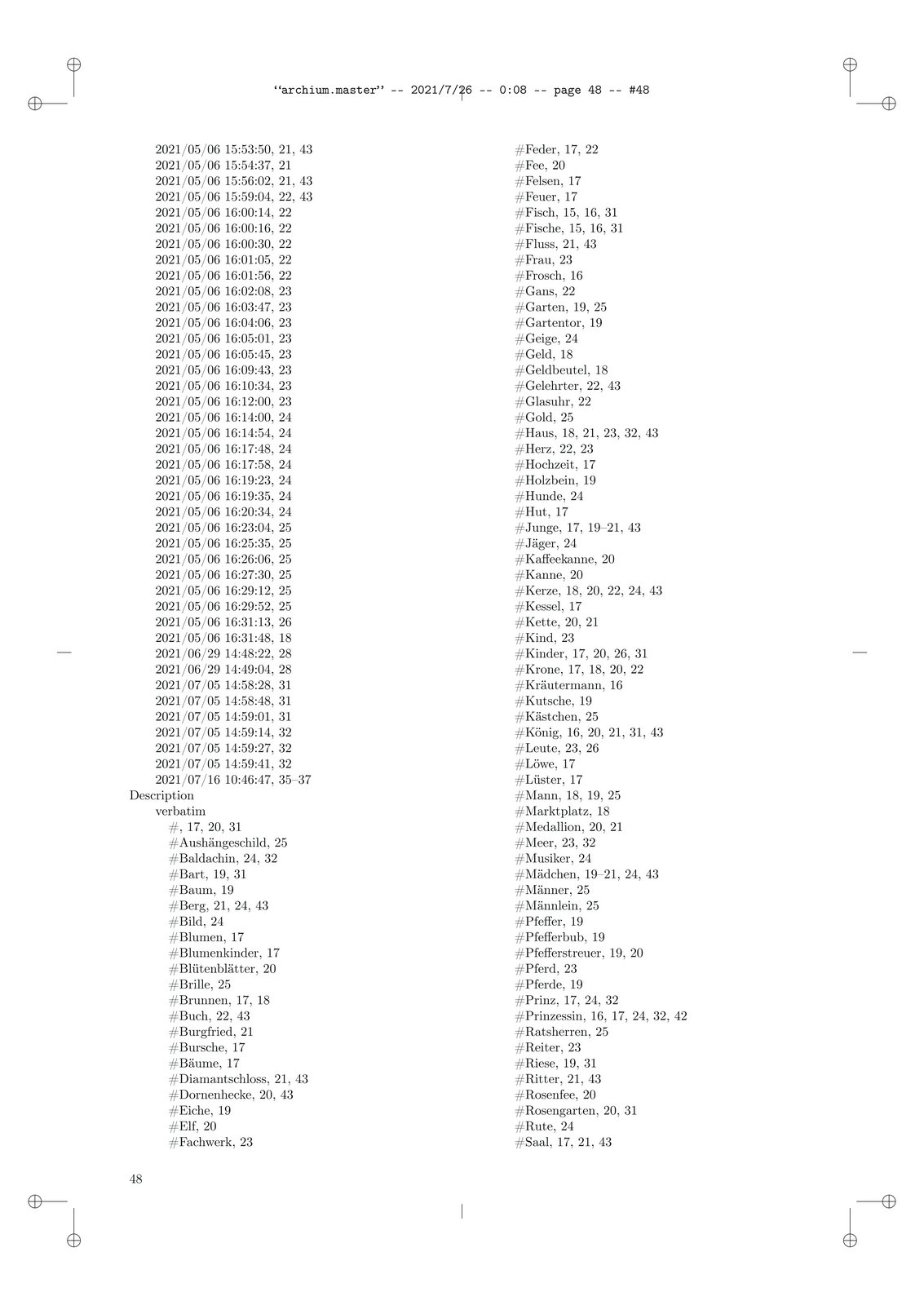
An index can be generated from the metadata.
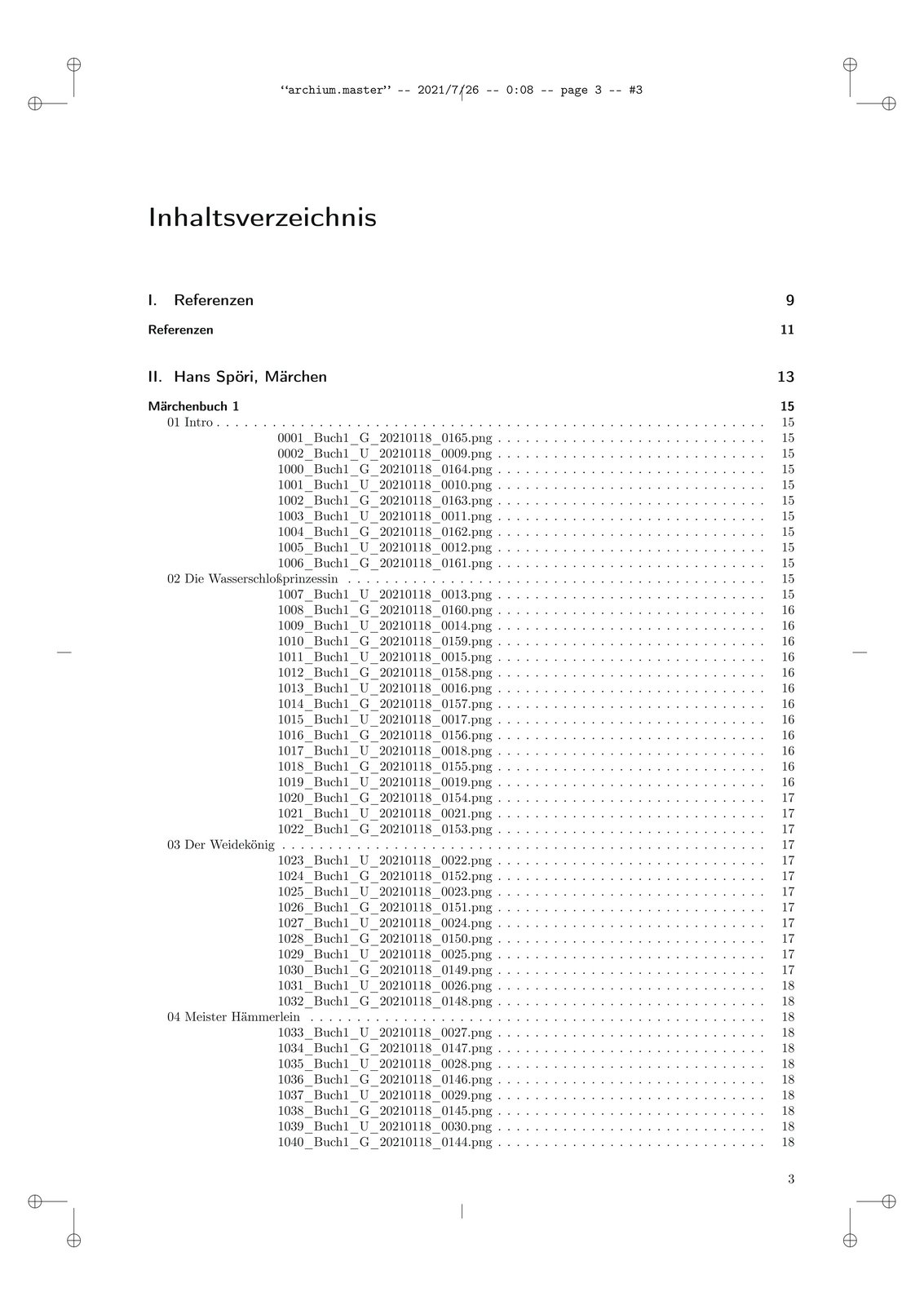
The magazine book automatically receives a table of contents of the files.
With our arTUX archive database, you can digitally record and archive. Create an analog backup of your digital images and documents on archium Microsheets. This way, you combine maximum flexibility in use with maximum security in information retention.
learn moreThese are 672 historical construction plans in a format larger than A0. We have miniaturized the digital copies and then reprinted them on A3 acid-free paper. While the originals will disintegrate in 50-100 years, these compact facsimiles will survive another 300 years on the archive shelf.
Our cost and space calculator shows you the costs involved in long-term archiving of your data for 300 years. Prices are net, excluding VAT. The offer is non-binding. Please ask for an individual offer!
“Digital long-term archiving combines the risk of sudden, complete data loss with maximum costs” – Michael Winkler, Managing Director of archium GmbH
archium first transfers digital content into a pictorial format. Vectorized letters and graphics are advantageous for archiving in microforms. We first save the templates converted in this way as a PDF. The uniform format makes it easier for us to migrate later. However, permanent archiving is only possible in an analog format. The film-filming of digital documents as an analog copy on microfilm or microfiche was a guarantee for their availability for a long time. With the transfer of the principle of microfilming to acid-free paper, archium has created a new medium that is comparable in durability to microfilm. The digitization by scanning of the microforms of paper is very easy with existing devices in the office.
Learn MoreWith hybrid archiving, you combine the data security of paper with the convenience of digital documents. Miniaturization allows you to reduce your archive to a small fraction of its original size.
archium prepares your digital images and documents in such a way that they remain readable and authentic in the long term.
enquire nowAt first, it was magnetic tapes and floppy disks that made us believe we had a reliable memory. After that, CD-ROMs swelt us in apparent safety. Since then, further innovations convey the illusion that digital data can be secured in a stable way from now on. Glass and ceramics are actually very promising.
They all do not reduce the main risk of digital data storage - the demanding coding and the compulsion to keep complicated reading technology available. Therefore, since the beginning of digitization, the additional storage of analog images of all those data that can be visualized has nevertheless been favored. Already in the 1980s, there was a technology with the COM film adaptation to transfer screen content to microfilm. Later methods increased the resolution significantly, the microfilm remained mostly monochrome. Since 2007, archium itself, in conjunction with the Fraunhofer Institute for Physical Measurement Technology, the company Media de Lux in Offenburg and state partners such as the Landesarchiv Baden-Württemberg and the Institute for the Preservation of Archive and Library Material, has been involved in the development of a method for securing digital content on high-resolution microfilm in color. The technology was able to expose 3µm of small colorful laser spots on 35 mm microfilm of Ilfochrom-/Cibachrom and is still unsurpassed in the microfilming segment.
But the film adaptation itself also has a fundamental problem, which is why it is now - unfortunately - on the verge of extinction: Both the production of microfilm and the film development are based on very demanding, health-endangering and expensive chemical processes. Only black and white or grayscale microfilms are still reasonably economically available.
The changed user behavior is also of great importance. In the past, almost every library had workstations with special microfilm readers. In each workshop there were small carousels for Fiche resp. Microfiche - a kind of microfilm in postcard format - in which the masters could retrieve their parts lists and production details. They also needed special readers for this, which optically enlarged the analog-reduced image to screen size. These operations are now completely taken over by computers and have become completely obsolete. However, this eliminates the main areas of application for analog readers. Therefore, readers that are able to digitize analog microforms are in demand on the market today. These devices are expensive and the quality of these scanners is mediocre, which is why such devices occupy only a market niche and are far from being found in any office.
archium therefore went in search of a microform that is durable, allows a similarly good writing density as microfilm, is inexpensive and - this is actually even the most important thing today - can be immediately re-digitized everywhere with available means. Our process for combining image with metadata, for processing for easier digital reuse, the optimized data preparation for spot-accurate image reproduction and the raster-free printing technology make it - admittedly very high-quality paper - microsheets.
In contrast to SW microfilms, the microsheets of archium are colored. However, if the customer prefers grayscale prints, we can use our arCODECO method to sequentially image and reassemble RGB and CMYK color channels. For the preservation of authentic color impressions, this process is even more reliable than those processes that transform color spaces - as is basically the case with color printing!
With the overlapping laser spots we achieved an actual resolution of approx. 100 line pairs per millimeter in an image segment of 35x49 mm. On the microsheets we currently achieve a resolution of 22 line pairs per millimeter. However, the total area available to us is much larger, so that in practice we achieve a greater usable data density per microsheet. Our microsheets can be manufactured up to DIN A3 format, DIN A4 is our standard.
One more comment on the storage density of microfilm in terms of volume. A roll of 35 mm microfilm contains 600 frames. This corresponds to 1,200 document pages for 2 documents per frame. Six boxes of microfilms have about the volume of a phone book. This therefore results in a storage density of about 7,200 silks DIN A4. Compared to the archium microsheets, 20,000 pages can be printed on 500 sheets of paper. Accordingly, microsheets have about 3 times the storage density of microfilm and can also be printed and archived in color with a table of contents. Seen in this way, microsheets are a serious alternative to the well-known microfilm.
Wir verwenden Cookies ausschließlich aus technischen Gründen. Für den Inhalt der Besucher-Cookies interessieren wir uns nicht. Bitte nehmen Sie dies zur Kenntnis, indem Sie auf "Okay" klicken: Weitere Informationen
